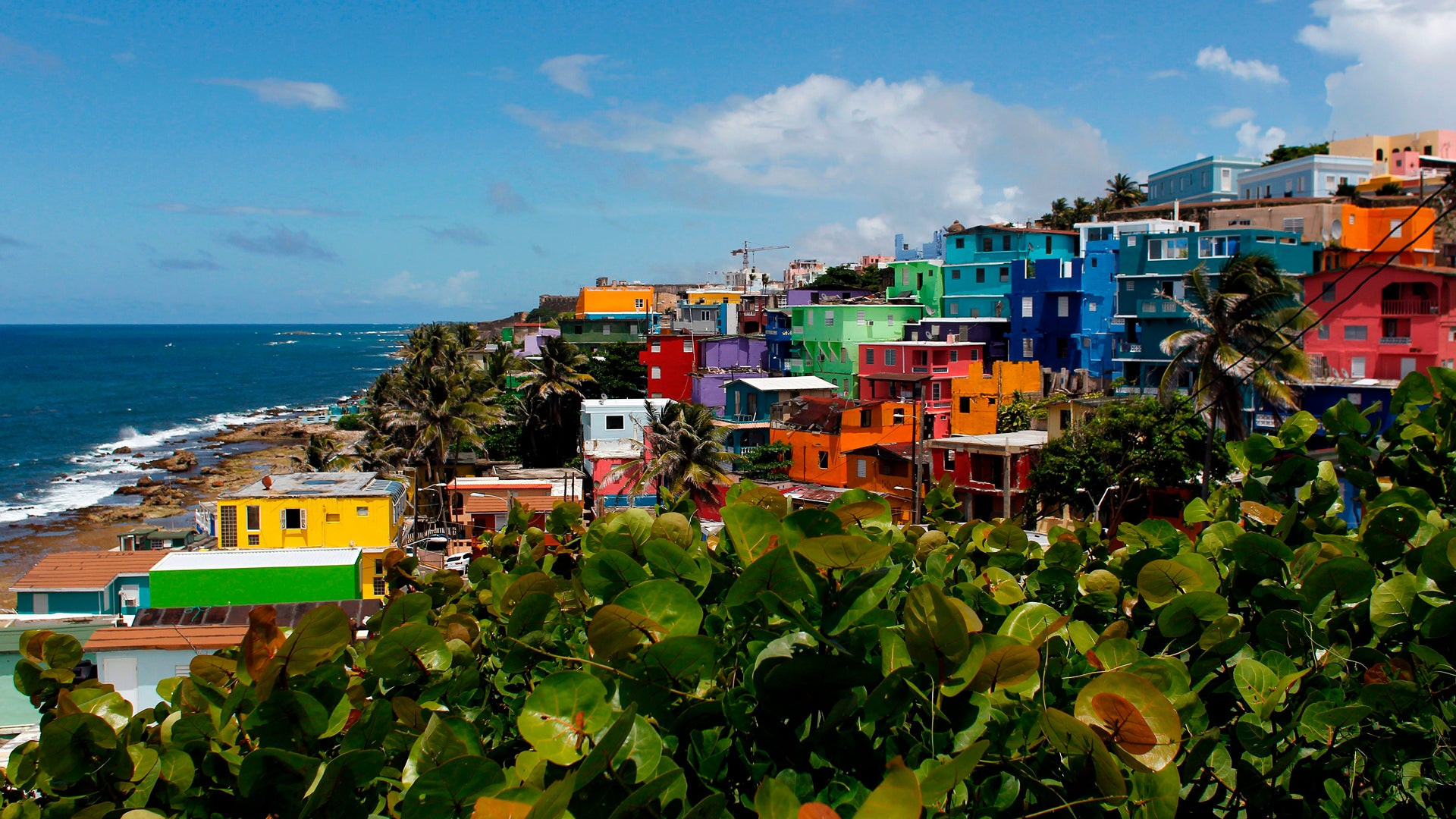Why was Puerto Rico taken over?

In exploring the complex history of Puerto Rico, we delve into the question: Why was Puerto Rico taken over? This journey takes us through the historical events and geopolitical factors that shaped the destiny of this enchanting island, examining the impacts of colonization and the echoes of the past that linger in the present.
1. Pre-Columbian Puerto Rico: The Taino Legacy
Bold Rich Indigenous Heritage Bold
Bold Setting the Stage, we uncover the vibrant Taino culture that thrived in Puerto Rico before the arrival of Christopher Columbus. The island was a tapestry of communities with advanced agricultural practices, leaving a lasting legacy.
2. Colonial Intrusions: The Spanish Conquistadors
Bold The Age of Exploration Bold
Bold Navigating the Age of Exploration, we witness the Spanish conquest led by Juan Ponce de León. Puerto Rico became a Spanish colony, with its strategic importance evident in the establishment of San Juan as a key naval base.
3. Economic Importance: Sugar, Slavery, and Trade
Bold Economic Shifts Bold
Bold Unraveling the economic dynamics, we explore how Puerto Rico's fertile lands fueled a booming sugar industry. This economic incentive led to the introduction of African slaves, shaping the island's demographic and cultural landscape.
4. The Treaty of Paris (1898): A Shift in Power
Bold The Spanish-American War Bold
Bold Tracing historical turning points, we delve into the Spanish-American War, which concluded with the Treaty of Paris in 1898. Puerto Rico was ceded to the United States, marking a significant shift in colonial powers.
5. U.S. Colonial Rule: A New Chapter Begins
Bold Impact on Puerto Rican Identity Bold
Bold Exploring the aftermath, we scrutinize the implications of U.S. colonial rule. The Foraker Act, establishing a civil government, and subsequent legislation shaped Puerto Rico's political and economic trajectory.
6. Operation Bootstrap: Industrialization and Modernization
Bold Economic Transformations Bold
Bold Investigating the mid-20th century, we witness Operation Bootstrap, an ambitious economic initiative. Puerto Rico underwent industrialization, attracting foreign investment but also leading to economic disparities.
7. Political Status: The Quest for Identity
Bold Shifting Political Landscapes Bold
Bold Analyzing Puerto Rico's evolving political status, we discuss the complexities of its relationship with the United States. The quest for self-determination and debates over statehood, independence, or the status quo shape the island's political landscape.
8. Impact on Culture: Resilience and Identity
Bold Cultural Renaissance Bold
Bold Recognizing the resilience of Puerto Rican culture, we explore how the island's history has influenced its vibrant arts, music, and literature. The cultural renaissance reflects a spirit that transcends colonial legacies.
9. Hurricane Maria (2017): A Test of Resilience
Bold Natural Disasters Bold
Bold Addressing contemporary challenges, we discuss the aftermath of Hurricane Maria. The disaster highlighted issues of inequality and brought international attention to Puerto Rico's political and economic struggles.
10. Conclusion: Navigating a Complex Tapestry
In conclusion, the question of why Puerto Rico was taken over unfolds as a narrative of complex historical forces, economic interests, and geopolitical shifts. The island's journey, from indigenous roots to colonial rule and modern challenges, reflects a resilient spirit that defines Puerto Rican identity. Understanding this intricate tapestry is crucial for appreciating the island's past, present, and its ongoing quest for a future that honors its unique heritage.